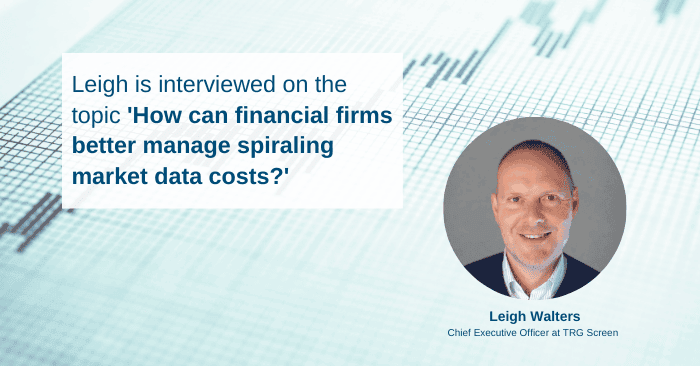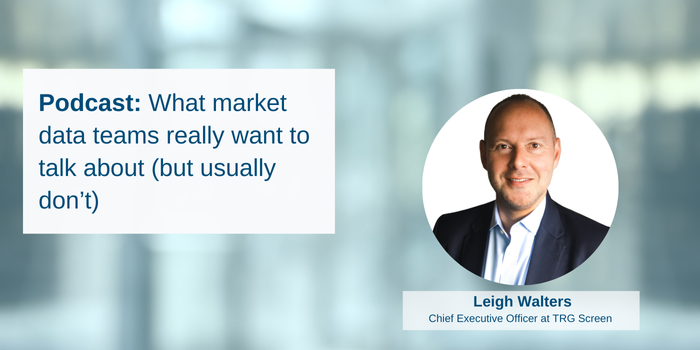With an endless cycle of annual price rises, a lot is at stake for the financial institutions buying this data. Mounting cost pressures make it imperative for firms to understand what information services are being accessed and used so they can manage subscription costs and assess value. With billions spent annually, how do firms gain meaningful visibility and control of their subscription universe and avoid spiraling costs?
(This article was published by Finance Derivative)
Transparency and control
It all starts with transparency and control. A constantly changing business environment has triggered a relentless and often complex explosion of requests for data. It can be challenging for firms to keep on top of everything in play – what are they buying and from whom, and who is keeping track of renewals.
Additionally, unless firms know who in the organization is using what data and how, it’s going to be tough to get a handle on true data spend and whether products and services are being fully utilized. Things get more complicated when reference data comes into the picture, and the application of AI and Machine Learning across financial institutions means that vendors are looking to introduce charging structures around this as well.
The environment is more complex than ever
With data being accessed and used in a myriad of ways, the environment is more complex than ever. Some data is also being consumed by apps and algorithms, so are firms paying the right amount for the many ways it is being consumed across the business? Too little and the next audit could be expensive. If not properly tracked and reported, the firm may be investigated and fined. Too much and firms are wasting money.
Financial institutions need complete transparency on their market data landscape – spend, usage, contracts and compliance. They need best practice embedded in the many processes involved in managing the commercials, such as reporting on the cost of data consumption.
Market data remains one of the biggest costs faced by financial institutions and its slice of the pie is getting bigger. Many firms have no choice but to seek solutions to bring these costly subscriptions under control and have a better handle on spend management.
Bringing together information on vendors, contracts, products and services into one system can be transformational. Not only can firms gain complete oversight of their market data landscape in ways they never thought possible, but they also unlock significant process efficiencies.
Market data commercial management is crucial
Companies such as TRG Screen help get the most value from market data and information service subscriptions. Software solutions such as Optimize allow firms to seamlessly manage the entire lifecycle of their subscriptions in one place, with best practice market data commercial management workflows embedded within the platform.
Real-time visual dashboards give actionable insights that pinpoint opportunities to optimize subscription spend, usage, enquiries and compliance.
For some financial firms, the complex and costly market data subscription environment is one they are looking to outsource by tapping into external expertise attuned to the nuances of market data management.
In this scenario, firms can hand over commercial management tasks – such as inventory, order, invoicing, demand management and usage declarations to exchange and vendors – to free up the internal team to strategically handle market data and create value within business lines. In fact, industry experts predict that the use of such managed services among financial institutions is expected to grow by 15-20% in the next 5 years.
Immediate return on investment on your market data can be experienced when managed professionally
Financial institutions spend huge amounts on financial market data and other information services to support investment decisions. The days of trying to manage market data costs with spreadsheets or generic vendor management systems are long gone. Couple this with the fact that the financial services industry is known for its complexity in terms of vendors, products, user requirements, agreements and pricing structures.
Market data subscriptions are complex and expensive and when managed professionally an immediate return on investment can be experienced, through transparency into purchased subscriptions, improved workflows and a higher degree of compliance with vendor contracts.
Want to optimize your market data cost management?






